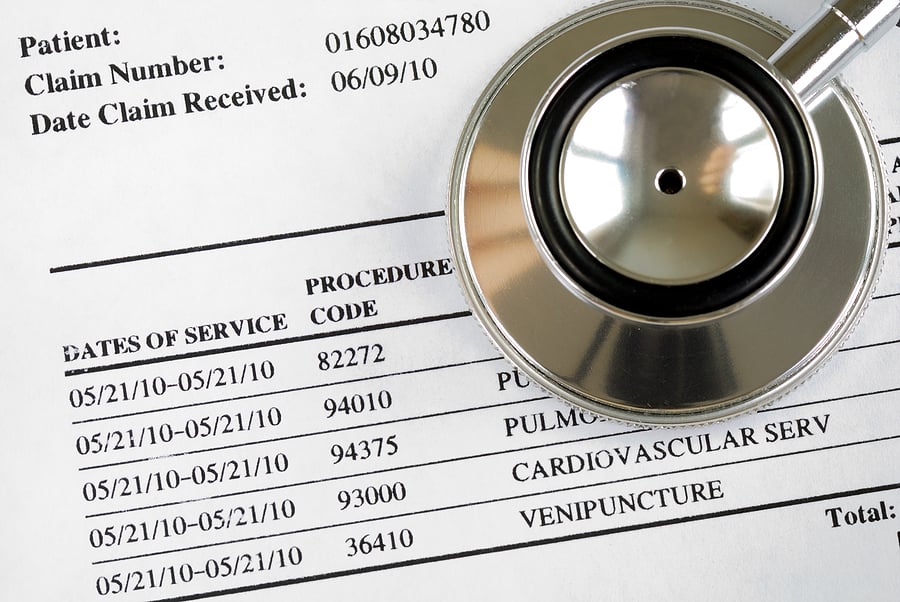Nurse practitioners (NPs) are typically hyper-focused on the health and well-being of their patients, constantly encouraging them to eat nutritiously, exercise regularly, stick to a regular sleep schedule, and participate in stress relief activities. However, when was the last time you practiced what you preached as an NP? With healthcare professionals pulled back and forth between balancing patients and administration at work and family and daily responsibilities at home, it is no wonder that so many providers suffer from burnout without even knowing it. From family care to acute care, burnout does not discriminate in the healthcare field.
While preventing burnout is important in any role, it's especially pertinent when working in healthcare during a pandemic. It has become increasingly crucial for providers like NPs to recognize what burnout looks like, the different causes, and how it can be prevented and treated. This is not only valuable for providers, but for the safety and well-being of patients as well.
Causes of Nurse Practitioner Burnout
Hours
Depending on the employer, providers may or may not have a set schedule for work. However, the scheduled hours are not the extent of the hours worked. NPs could come in early, leave late, or work through lunch, which ultimately cuts into their availability to care for themselves.
Low Control of Daily Pace
In both hospitals and outpatient environments, NPs have little to no control of their patient load and acuity. Providers who work in hospitals or urgent care facilities have no say over who walks in and is admitted to their service. Outpatient providers may have a daily schedule of the patients who they expect to see that day, but it often changes throughout the day.
Time Pressures
Regardless of the employer, there is always an expected number of patients that an NP will care for during a shift. Oftentimes, the allotted time for patient care is not enough to thoroughly examine and address all of the patient's concerns. This can ultimately increase the amount of follow-up appointments, further filling up an already tightly-packed schedule. Alternatively, an NP may try to address all of the patient’s concerns in one visit. However, this approach typically causes delays in other patients' care or scheduled appointments.
RELATED: 5 Must-Have Apps and Tools for Nurse Practitioners
Electronic Health Records (EHR) and Documentation
EHRs are a vital asset for billing, legal liability, and continuity of care. Outside of caring for patients, documentation is the next most important job for providers. This means that everything must be completed accurately and succinctly in a timely manner. However, the real challenge for NPs is finding time to complete this work with no breaks between patients.
Symptoms of Nurse Practitioner Burnout
- Mental exhaustion
- Emotional exhaustion
- Physical exhaustion
- Depersonalization
- Insomnia
- Sadness or irritability
- Increased vulnerability to illness
- Decreased sense of personal accomplishment
It is important to understand that the responsibility of preventing and treating burnout does not fall solely on the employer.This process requires some level of effort from the provider as well. Here are some ways to prevent burnout from occurring, or treat it if symptoms have already begun.
Nurse Practitioner Burnout Prevention/Treatment
Schedule 10-30 Minutes of Exercise Daily
Physical activity strengthens the cardiopulmonary and musculoskeletal system and releases endorphins. This boosts both physical and emotional health. With time constraints, squeezing in small exercise breaks may be more feasible than developing one longer exercise routine.
Seek Support
Healthcare burnout is very common, and finding a colleague who may be going through a similar experience can offer a great source of support. Discussing your frustrations and feelings with a counselor or psychologist can also help relieve burnout. These conversations can be conducted in an office or virtually.
Evaluate Work Options
If there are no promising changes after sharing your thoughts on imbalances in expectations, it may be time to start looking for a new job or employer.
RELATED: How to Negotiate Your NP Contract
Staff Meetings to Evaluate Office Flow
Engage in open discussions with support staff to determine what type of patient flow works best in your office or unit, ensuring that it is as optimized as possible. Also, aim to schedule small breaks throughout the day to complete documentation and other administrative tasks.
Streamline EHR Flow
Create smart sets and favorites of orders, diagnosis codes, and patient instructions to streamline the documentation process. Consider the possibility of hiring a scribe to help reduce the strain of documentation.
***
Nurses and nurse practitioners are the most trusted professionals in America, but this high honor can lead to a significant amount of pressure. While we should continue to provide the best care possible to our patients, it's important to take notice when it's negatively affecting our physical, mental, and emotional health.











